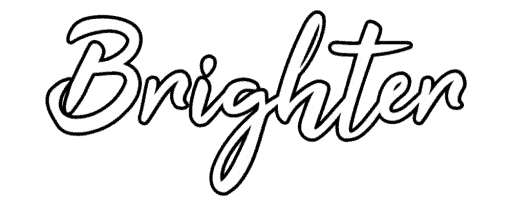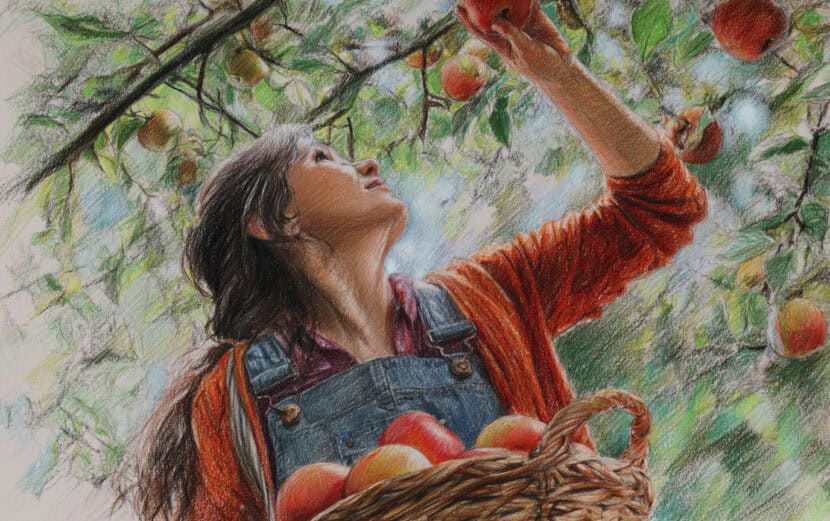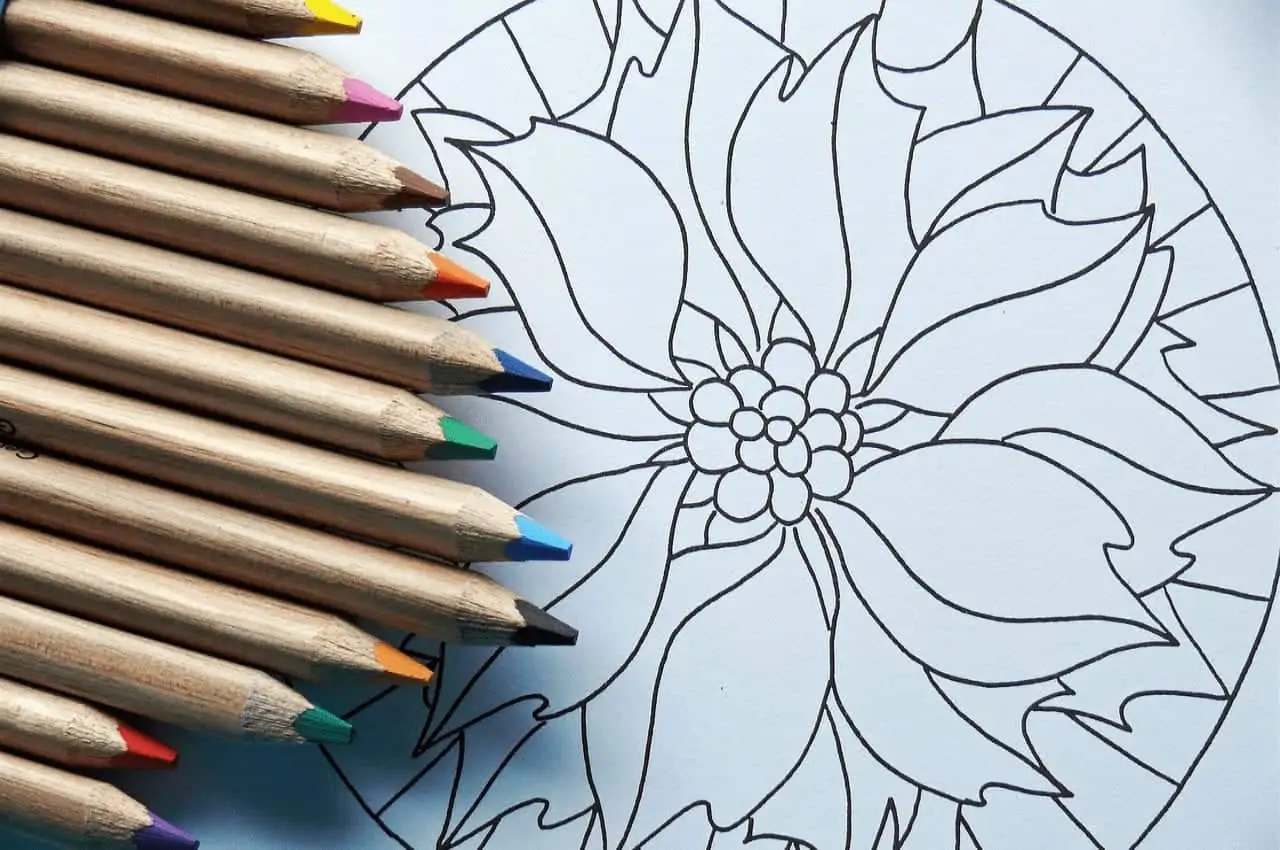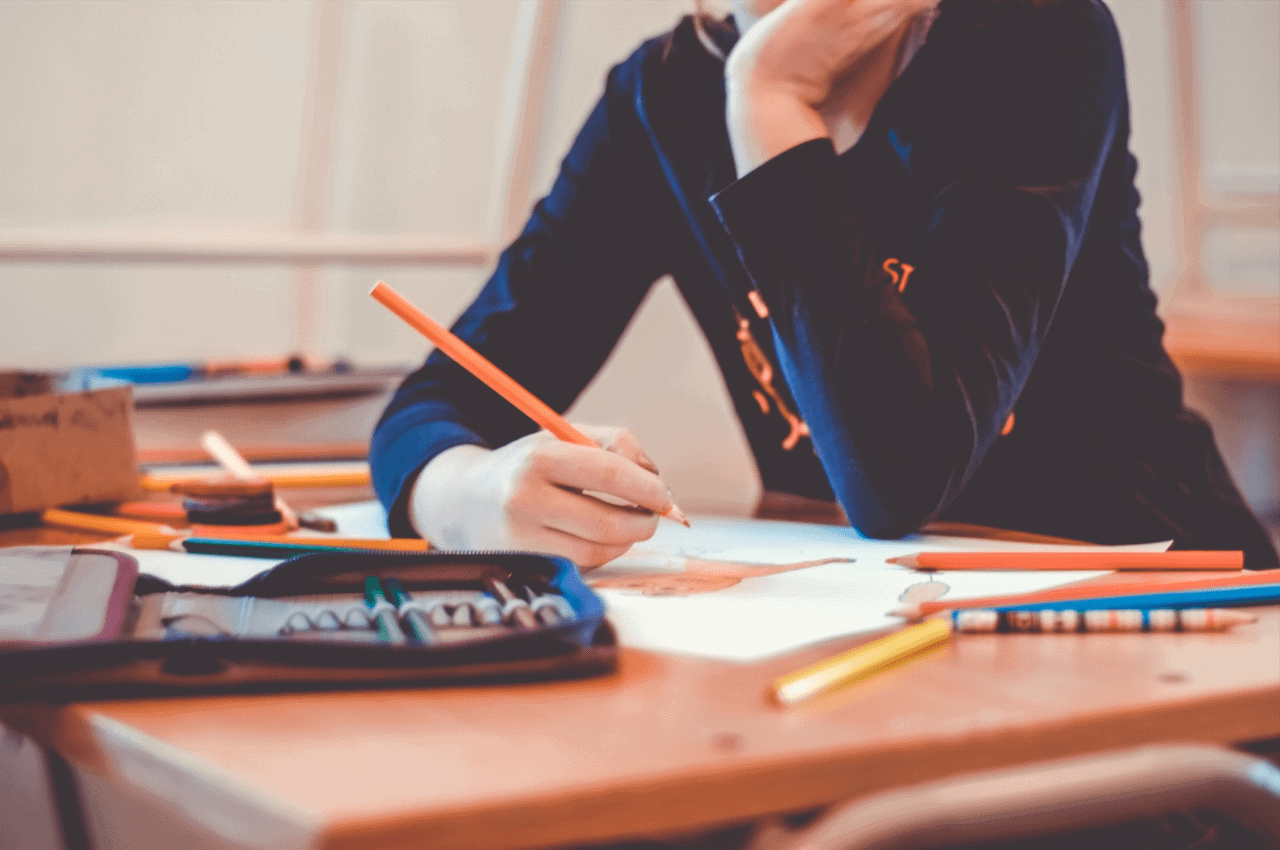Life drawing references that capture real autumn moments changed everything about how I approach figure work. For years, I was stuck drawing the same stiff poses from generic reference photos – you know the type, probably taken in some studio with harsh lighting and a person standing in a pose no human would naturally hold for more than five seconds. Then I discovered the magic of seasonal, narrative-driven references, and suddenly my figure drawings actually felt like they were doing something.
The thing about fall-themed life drawing references is they give you permission to draw people in natural, relaxed poses. Someone curled up with a book by a fireplace? That’s a pose they’d actually hold for a while. A person reaching up to pick apples? That’s real movement with purpose behind it. These aren’t your typical “stand here and look at nothing” poses – they’re moments that tell stories.
All artwork provided is original and can be used as a reference for your own drawings.
Table of Contents
Why I Got Tired of Generic Figure Drawing References
Let me rant for a second about traditional figure drawing references. Don’t get me wrong – there’s absolutely a place for classical anatomical studies and gesture drawing from nude models. That foundation is crucial. But once you’ve drawn a thousand “standing straight with arms at sides” poses, you start wondering if you’ll ever draw anything that looks like it exists in the real world.
I remember showing my art teacher a figure drawing I was really proud of. Technically, it was solid – good proportions, decent understanding of anatomy, nice shading. She looked at it for a minute and said, “So what’s this person doing?” I blinked. “Uh… standing?” She nodded. “Right. And why are they standing there?” I had no answer. The person in my drawing wasn’t doing anything. They were just… existing in a void.
That conversation stuck with me. Real people don’t just stand around for no reason. They’re always in the middle of doing something – making coffee, reading a book, adjusting their scarf because it’s windy. Even when they’re sitting still, they’re sitting still for a reason. Maybe they’re lost in thought, or watching something, or just tired. Context matters.
What Makes Fall References Actually Useful
They Come With Built-In Storytelling When you’re drawing someone reaching up to pick apples, you’re not just practicing foreshortening and arm anatomy (though you’re definitely doing that). You’re also capturing a moment in time. There’s a basket of apples already picked, golden afternoon light suggesting it’s been a productive day, the slight stretch in the body showing the effort to reach that perfect apple just out of easy grasp.
These contextual details aren’t just decoration – they’re what make your figure drawing feel grounded in reality. The viewer doesn’t just see “a person with their arm extended.” They see someone in the middle of an autumn afternoon, doing something purposeful and relatable.
Clothing Actually Looks Like Something People Would Wear Can we talk about how much easier it is to draw someone in an oversized sweater versus trying to figure out where all those weird folds go in generic draped fabric? Fall clothing is forgiving. Chunky knits have obvious texture that helps you understand form. Layers create natural depth and visual interest. And boots – thank goodness for boots – they actually look like something you’d see someone wearing outside.
I used to dread drawing clothing because studio reference clothing always looked so… weird. Too loose in some places, too tight in others, clearly borrowed from a costume department. But when you’re working from references of people in their actual fall wardrobe – the coat they grabbed on their way out, the scarf they’ve had for years – the clothing looks natural because it is natural.
The Lighting Does Half Your Work For You Autumn light is genuinely magic. That golden hour glow makes everything look like it’s been professionally lit. Morning light filtering through kitchen windows, afternoon sun through autumn leaves, the warm glow of a fireplace – these aren’t complicated lighting setups. They’re just what happens when you catch someone at the right time of day during fall.
And here’s the best part – autumn lighting is naturally flattering. It’s warm, it’s soft, and it creates beautiful shadows without being harsh. When you’re translating these references into drawings, you’re already working with lighting that enhances form and creates atmosphere.
25 Fall Moments Worth Drawing
I’ve organized these by the type of drawing challenge they present, not just randomly. Each reference teaches you something specific while also being, you know, actually nice to look at and draw.
Cozy Indoor Moments
These references teach you about intimate spaces, warm interior lighting, and how people actually relax.
Cozy Sweater Weather
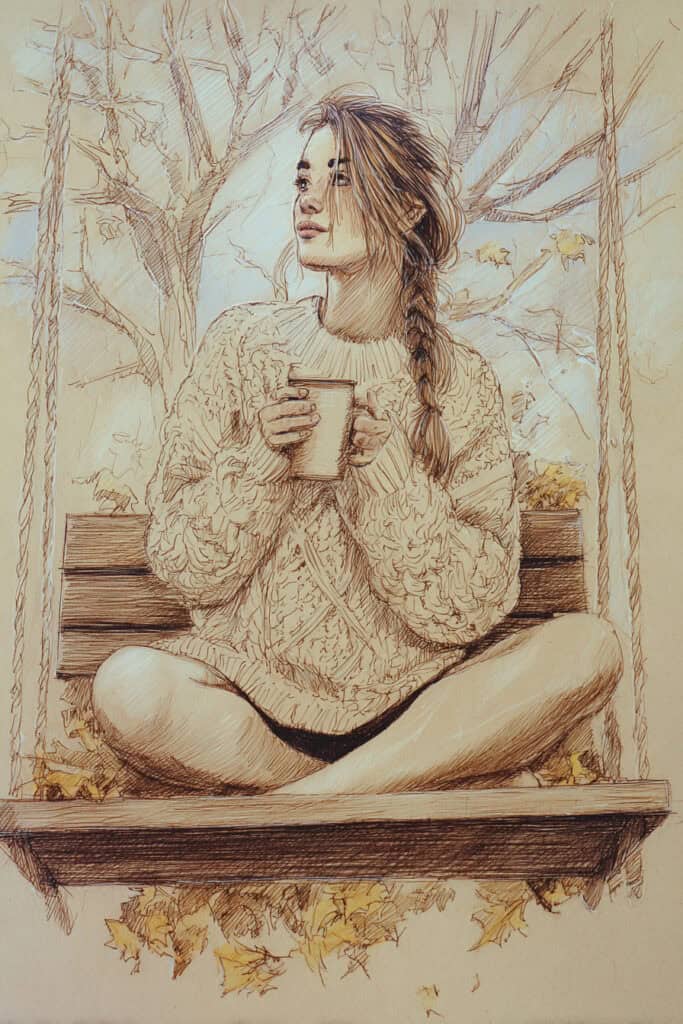
Someone sitting cross-legged on a porch swing, oversized cream cable-knit sweater, holding a steaming mug. This pose is perfect for practicing relaxed, comfortable body language. The cable-knit texture gives you something interesting to work with without being overwhelming. Pay attention to how the oversized sweater drapes – it’s not skin-tight, so you’re suggesting the body underneath rather than rendering every muscle.
Fireside Reading
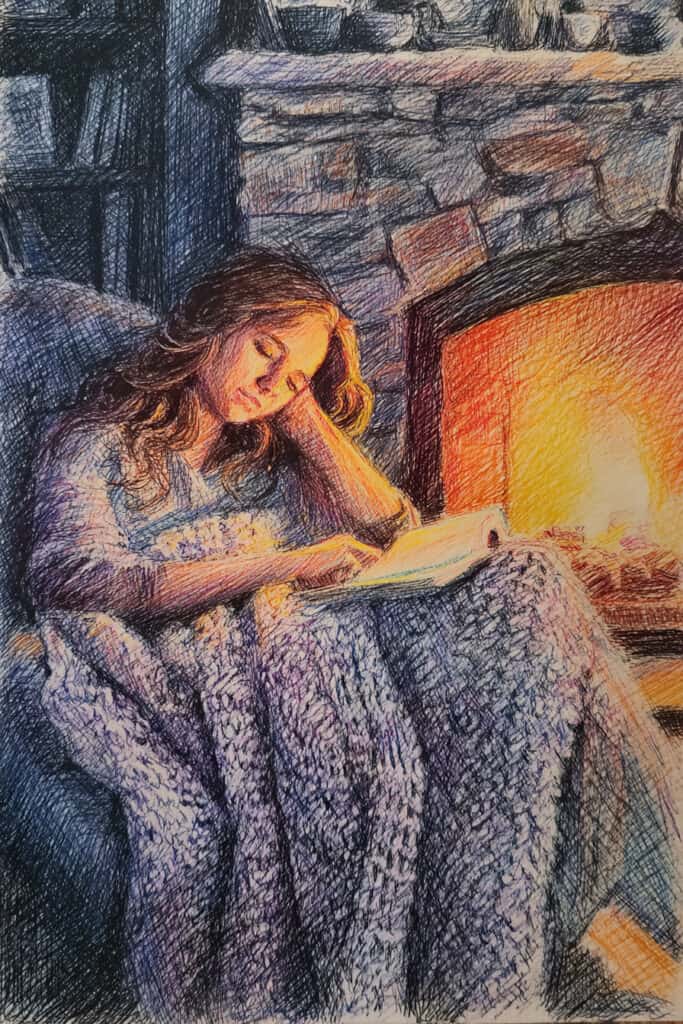
A person curled up in an armchair with a chunky knit blanket, book in hand, firelight casting dancing shadows. This is your masterclass in warm, moving light. The firelight creates constantly shifting shadows, which sounds challenging but actually gives you freedom to interpret. Focus on capturing the cozy, closed-off body language of someone lost in a good book.
Pie Baking Moment
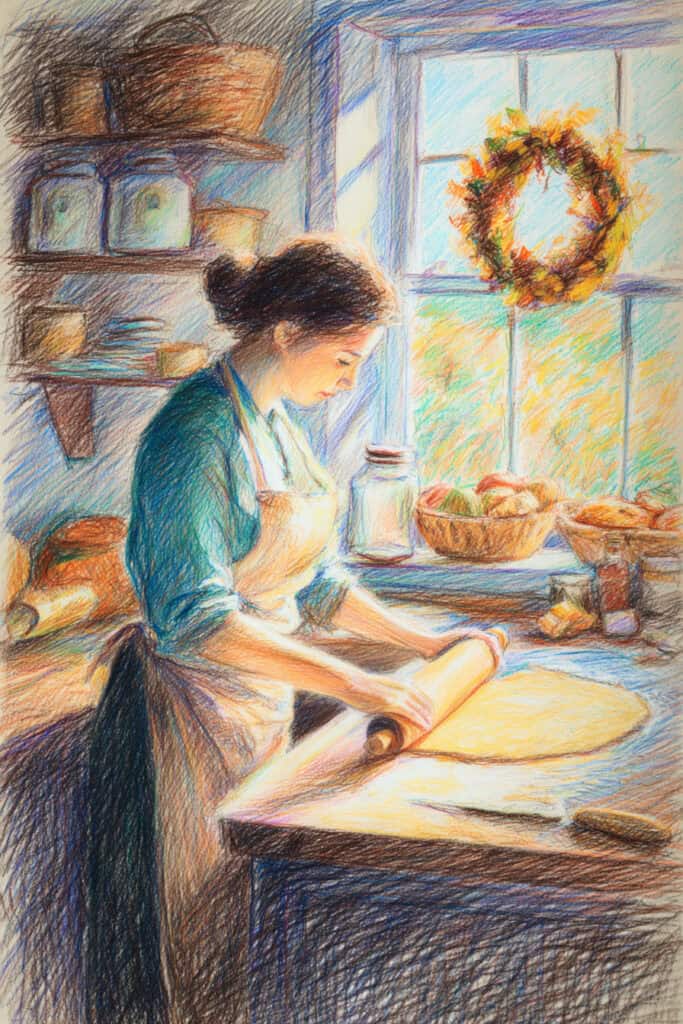
Someone rolling out pie dough in a sunlit kitchen, flour dusting the counter, wearing a vintage apron. This active pose teaches you about weight distribution and functional movement. The forward lean over the counter, the pressure in the arms from rolling – these are real biomechanics, not posed gestures.
Candlelit Bath
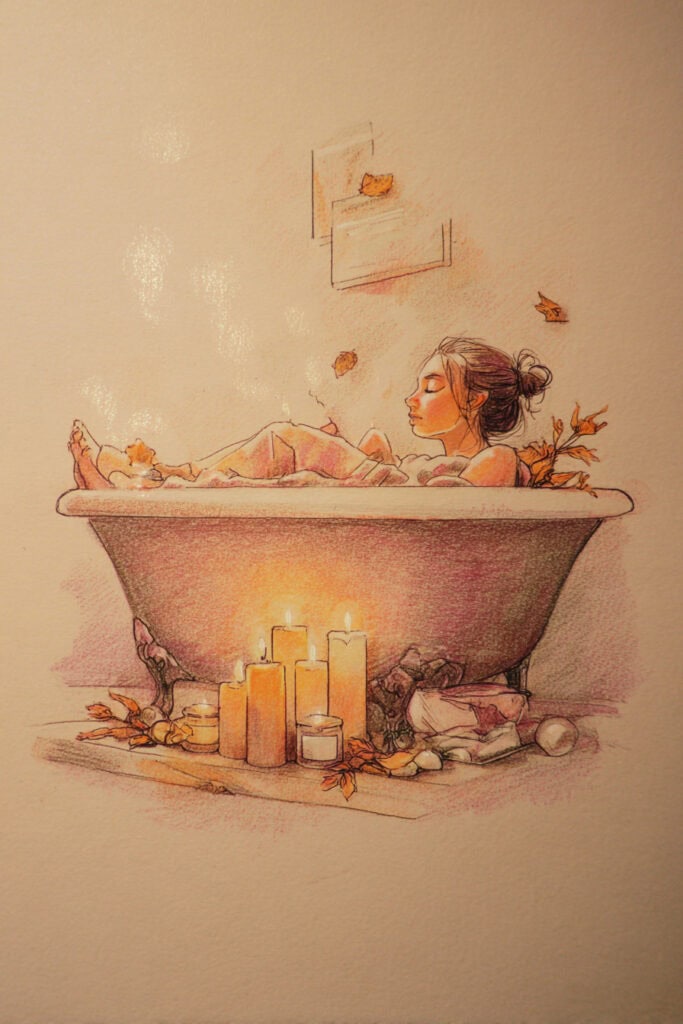
A figure relaxing in a clawfoot tub surrounded by autumn-scented candles and soft lighting. Yes, this is technically a traditional reclining pose, but the context makes it completely different from a studio setup. The candlelight creates multiple small light sources, and the water adds interesting compositional elements.
Flannel Morning
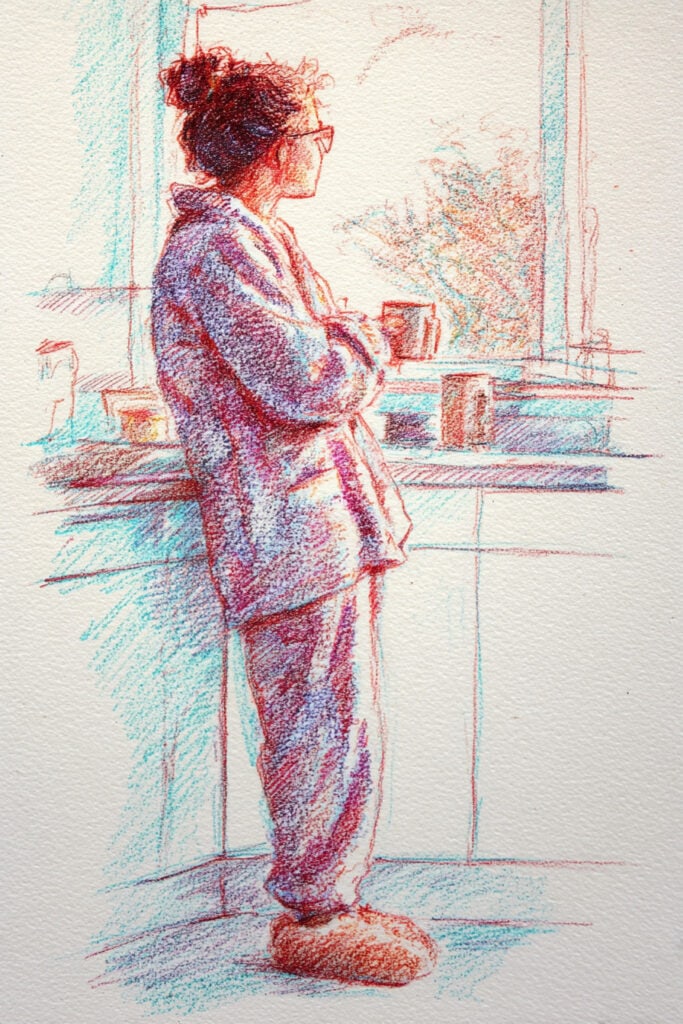
Someone in flannel pajamas and fuzzy slippers at a kitchen window with morning coffee. This is an underrated pose – the casual standing position, the way people naturally hold a mug with both hands for warmth, the slight slouch of someone not quite awake yet. It’s more relatable than any “standing figure study” I’ve ever done.
Rainy Day Window
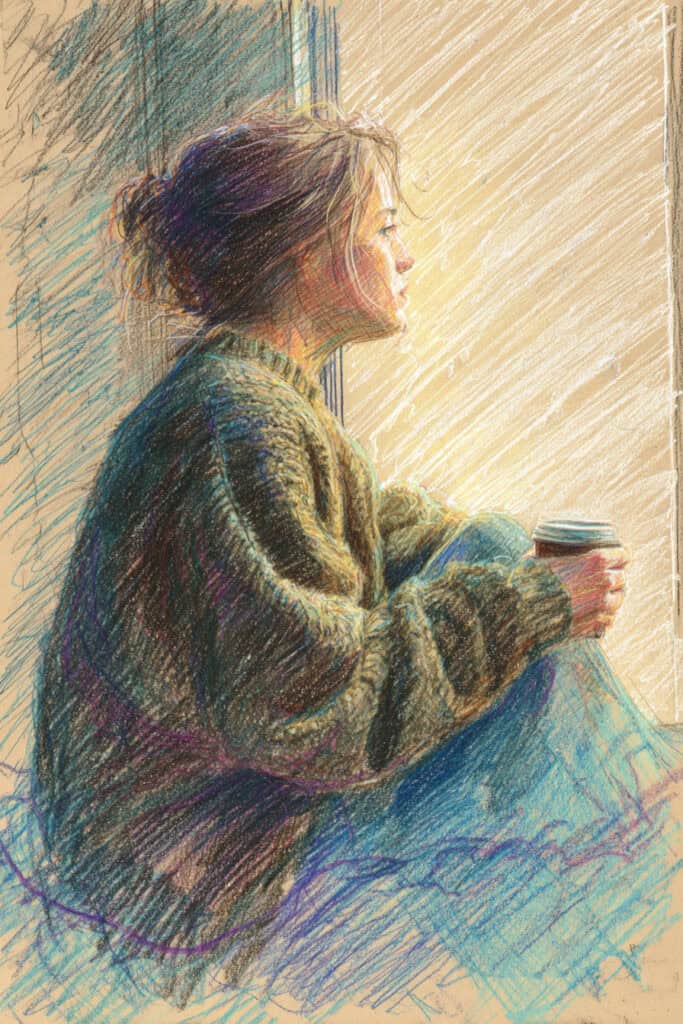
A person by a large window in an oversized sweater, watching autumn rain with hot chocolate in hand. Window-gazing poses are wonderful for profile work and for practicing how people naturally rest against surfaces. No one stands perfectly upright against a window – they lean, they shift weight, they get comfortable.
Coffee Shop Corner
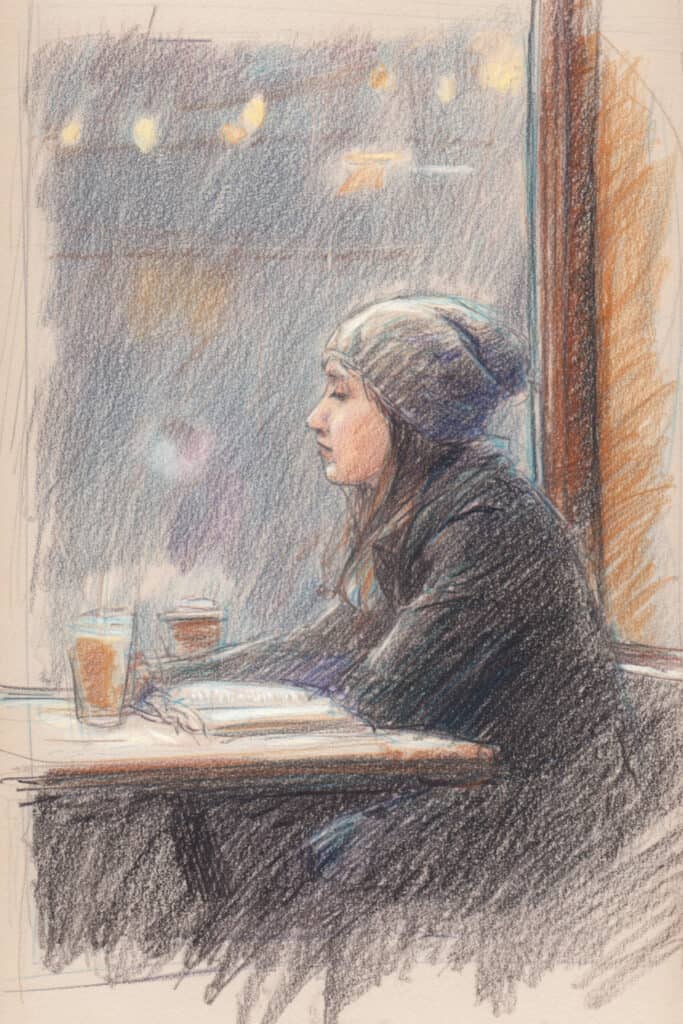
Someone in a café window seat, layered up with a beanie, journal open beside their latte. This reference is great for practicing seated poses in public spaces – how people fold themselves into café chairs, the asymmetry of someone writing or sketching, the casual layers of real outdoor clothing.
Active Autumn Activities
These references capture movement and purpose, teaching you about gesture and dynamic poses.
Apple Orchard Adventure
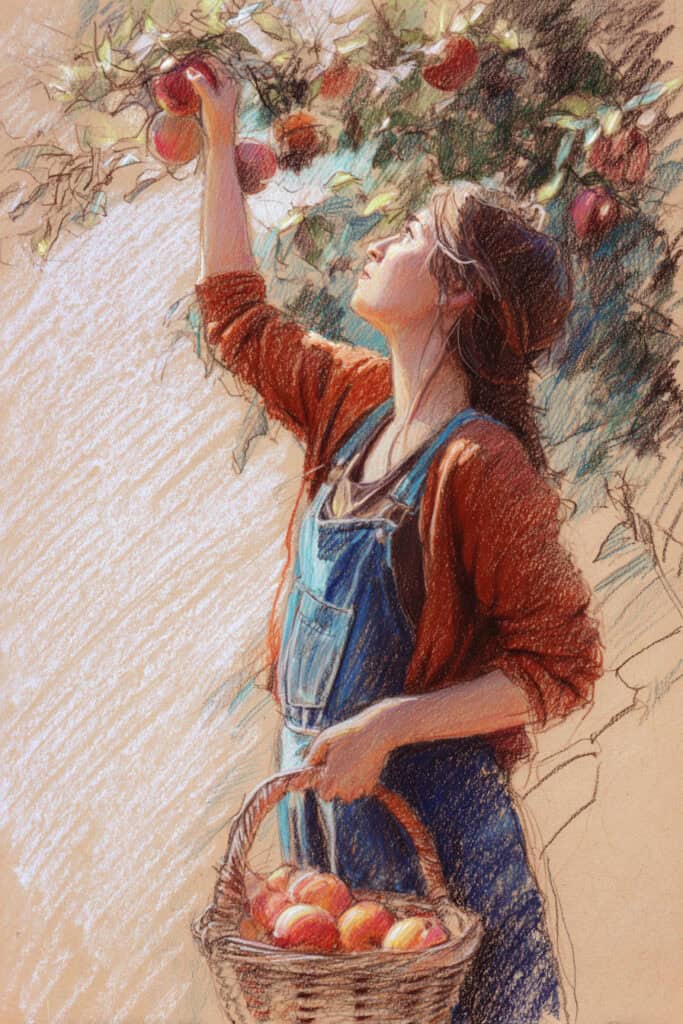
Someone in denim overalls and a rust cardigan reaching up to pick apples, basket at their side. The reaching motion is fantastic for understanding extension and balance. One arm up, slight stretch through the body, weight on one leg – this is a genuinely useful pose for understanding how bodies move.
Leaf Pile Joy
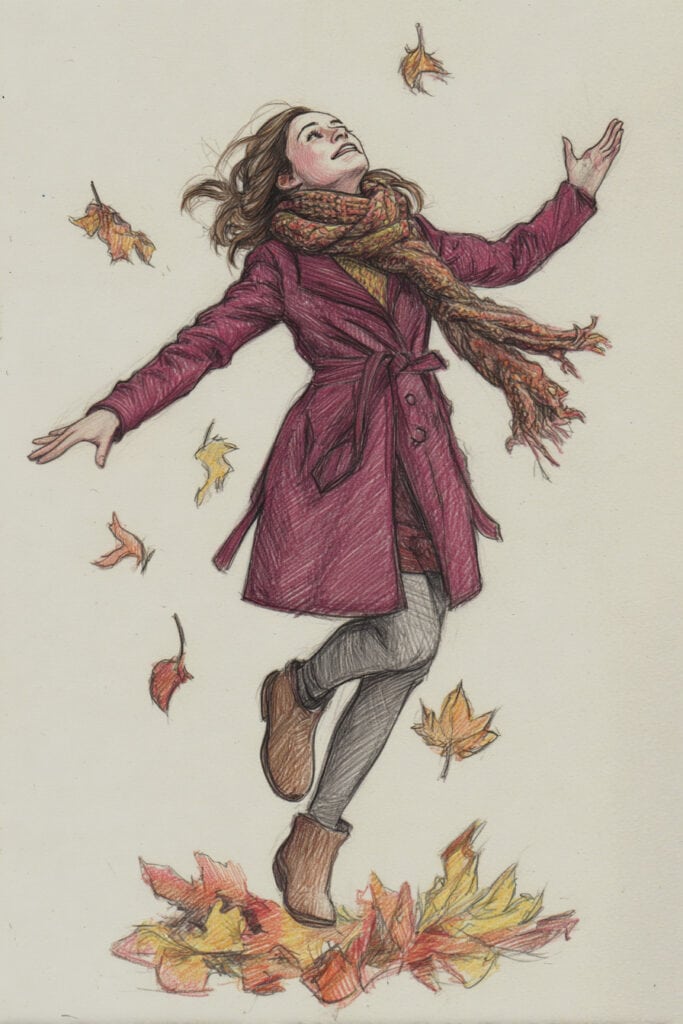
A figure mid-leap into autumn leaves, burgundy coat and scarf flying. Action! Movement! This is gesture drawing at its finest. Clothing caught in motion teaches you about fabric physics without getting too technical. The expression of pure delight is a bonus that reminds you people have faces and emotions, not just anatomically correct skulls.
Forest Path Stroll
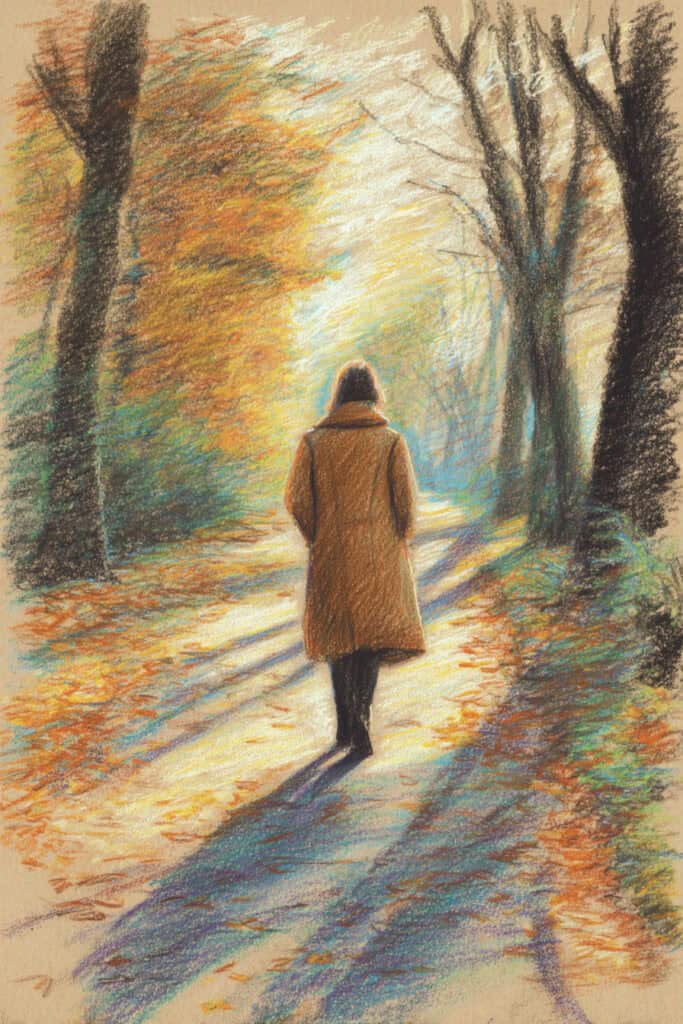
A solitary figure walking down a tree-lined path, long camel coat and boots, dappled sunlight. Walking poses are deceptively tricky. This reference lets you study natural stride, how coats move with walking, and how to suggest movement without freezing someone mid-step awkwardly.
Hiking Trail Vista
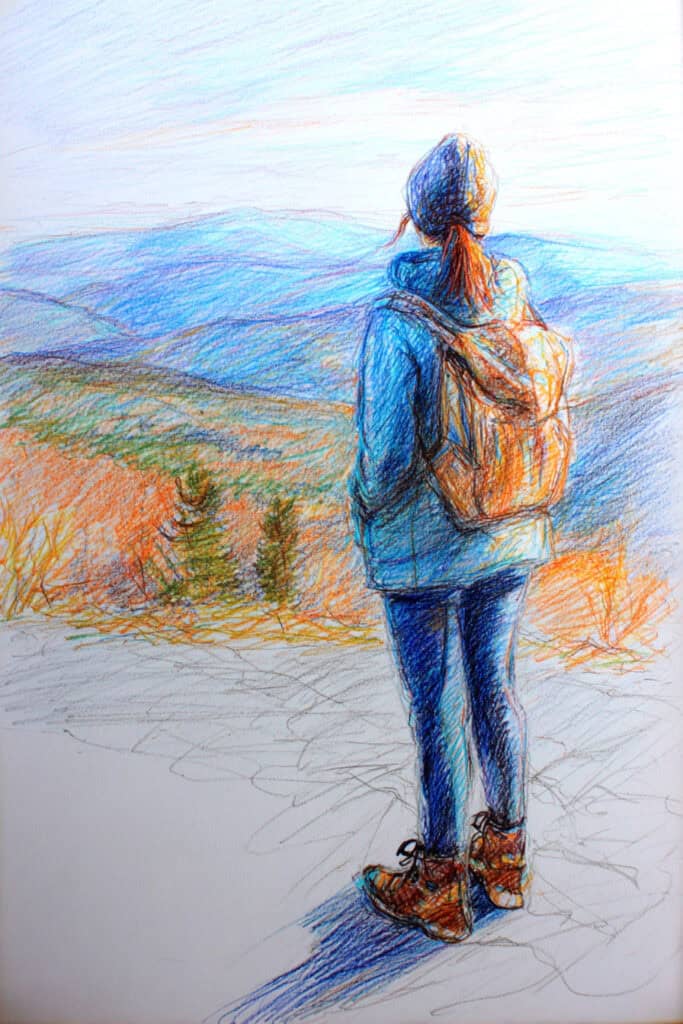
Someone with a backpack pausing on a mountain overlook, one hand shading their eyes. This is great for practicing standing contrapposto with purpose. The backpack adds interesting bulk and teaches you about how weight distribution affects posture.
Pumpkin Patch Wanderer
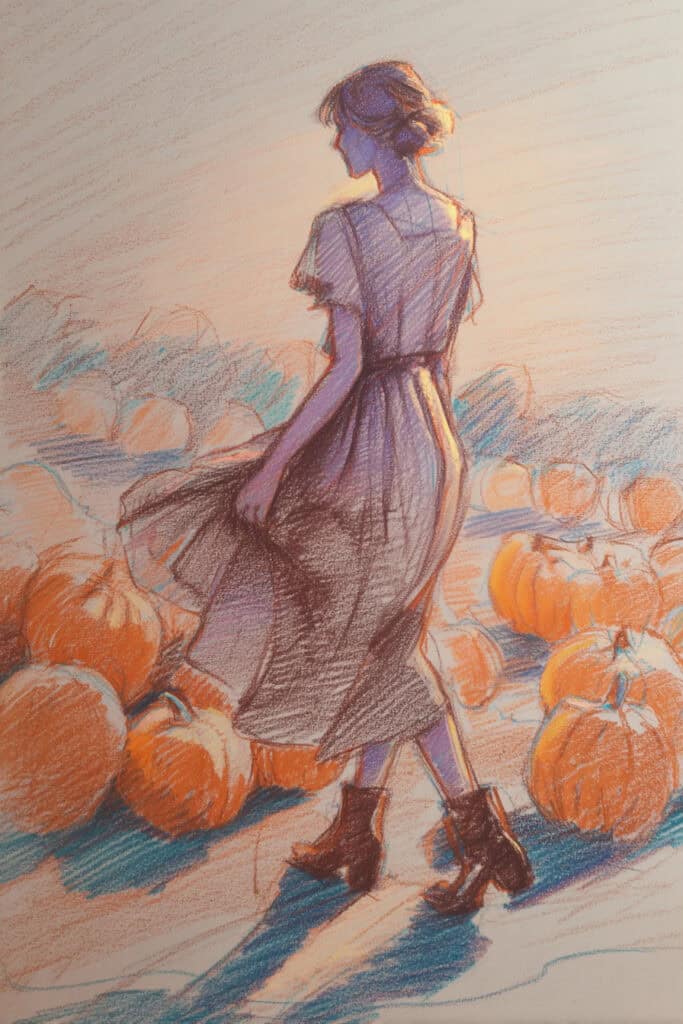
A figure in a flowing maxi dress walking through pumpkin rows, carrying a small pumpkin. The flowing dress provides beautiful opportunities for practicing fabric movement and draping. The casual carry of the pumpkin – not posed, just natural – teaches you about how hands and arms actually hold objects.
Autumn Yoga Flow
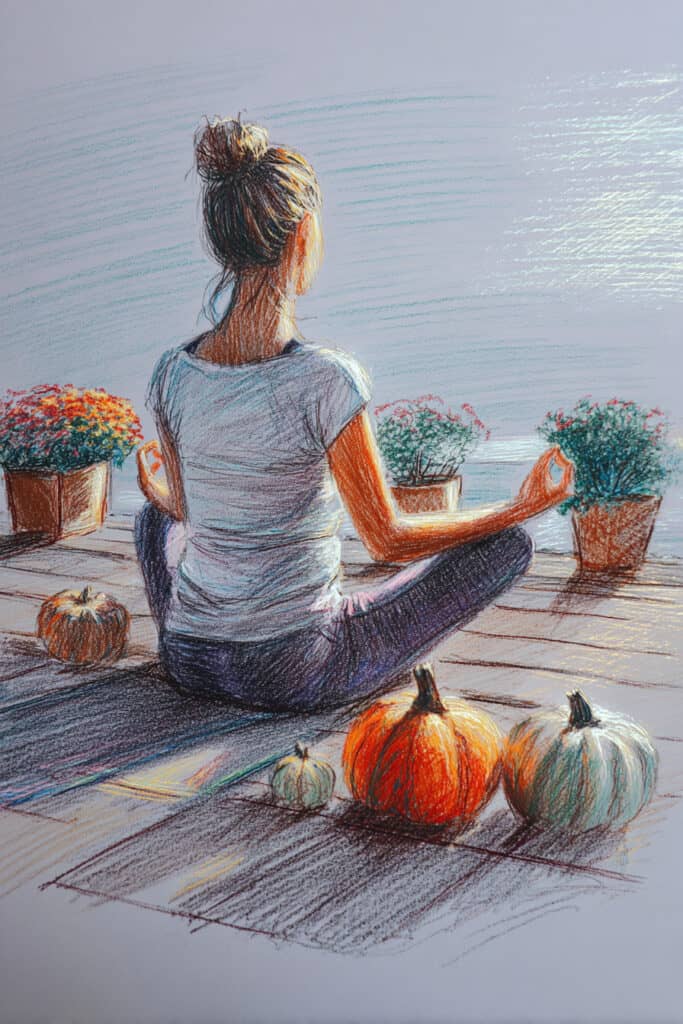
Someone practicing yoga on a wooden deck, surrounded by potted mums and pumpkins. Whether you’re into drawing yoga poses or not, these references are excellent for understanding balance, flexibility, and how bodies create interesting shapes when they’re actually doing something intentional.
Evening Bonfire
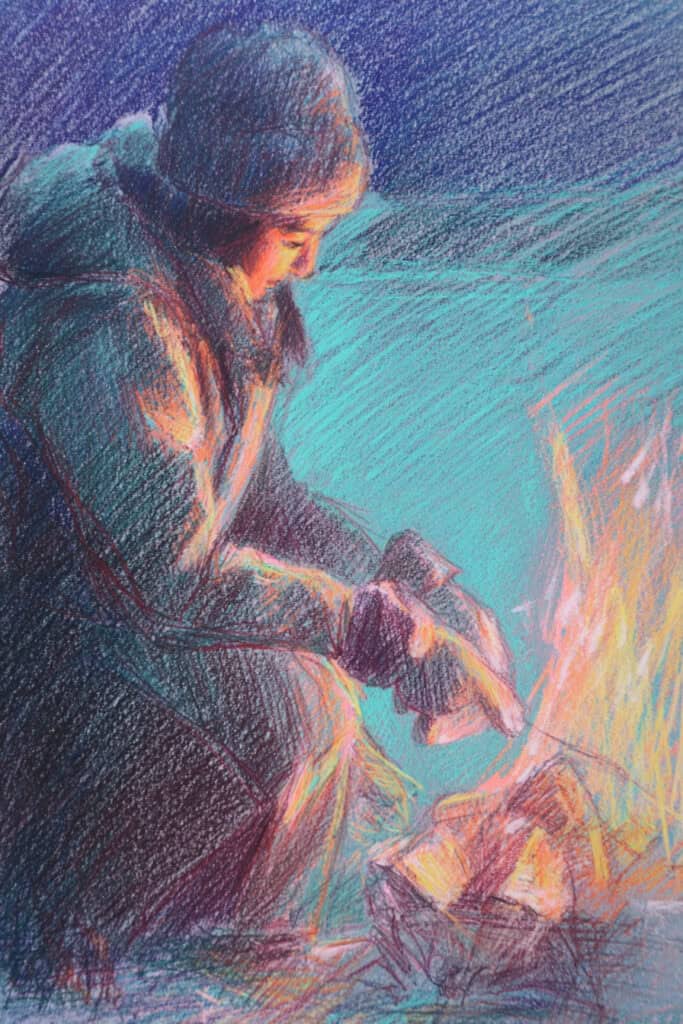
A person tending a backyard fire pit, wearing a wool coat and mittens, sparks rising into twilight. The forward lean, the attention focused on the fire, the way cold makes people pull their shoulders up slightly – these details make poses feel real.
Contemplative and Quiet Moments
These references teach you about stillness, introspection, and the subtle body language of people lost in thought.
Bookstore Browse
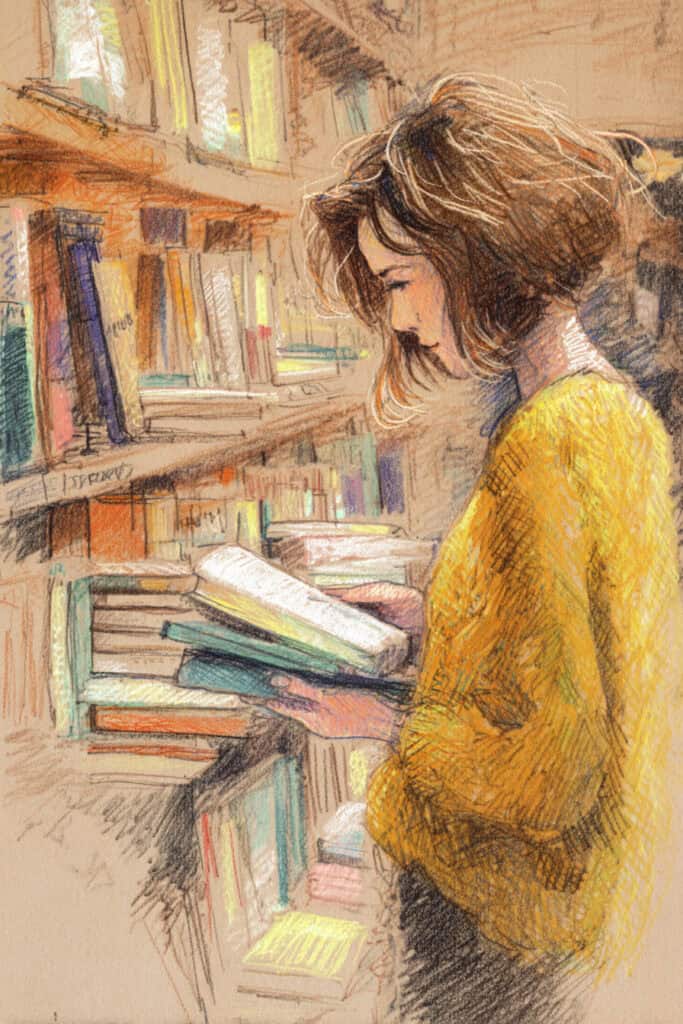
Someone with tousled hair in a mustard sweater browsing books, stack of novels cradled in their arms. The slight forward lean of reading spines, the asymmetrical weight of carrying books – this is how real people exist in bookstores, not how models pose in studios.
Park Bench Reflection
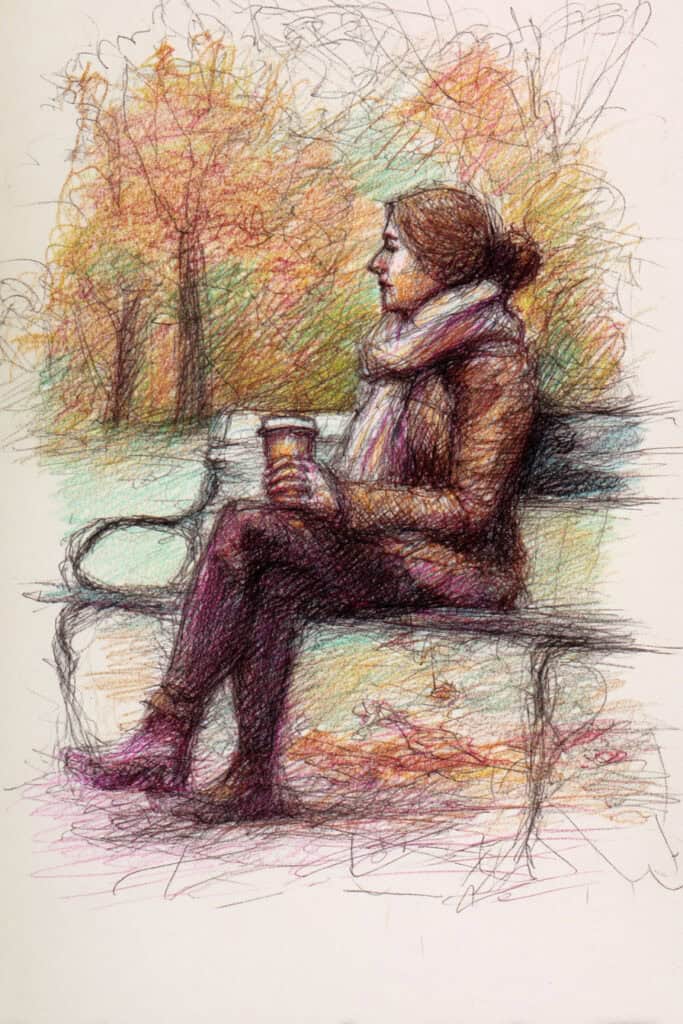
A contemplative figure sitting alone on a park bench, surrounded by peak fall colors, scarf wrapped snug. Sitting poses seem simple until you try to draw them convincingly. This reference shows real sitting – not upright and proper, but the slight slouch of someone thinking, the hands holding a coffee cup more for warmth than consumption.
Library Study Corner
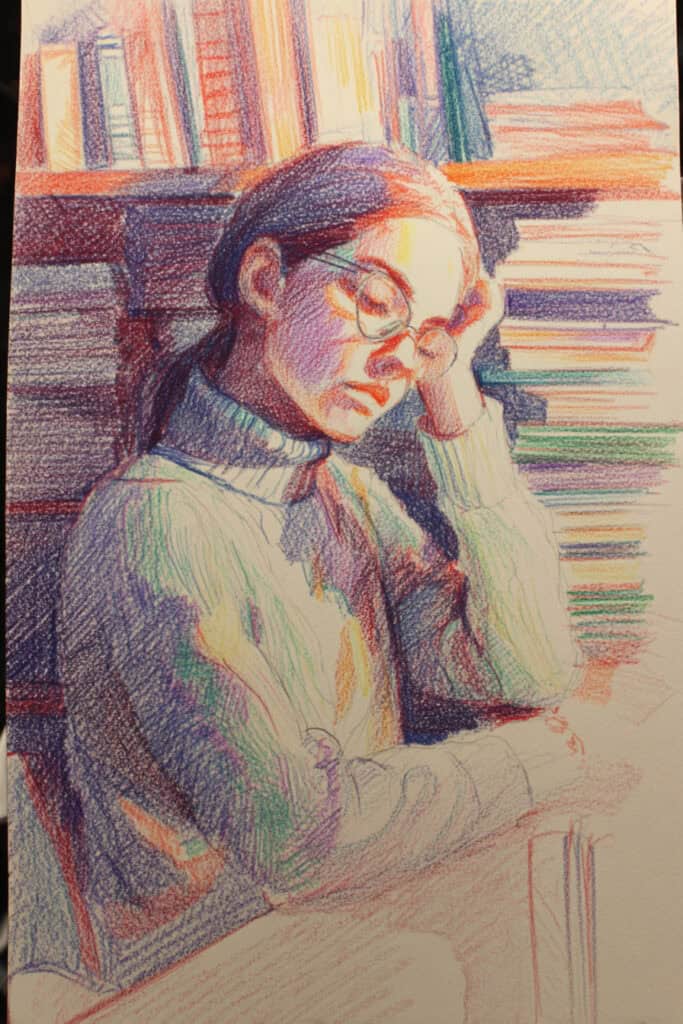
Someone settled into a library nook, surrounded by book stacks, wearing a turtleneck and cardigan. This is fantastic for practicing complex seated poses with books, papers, and other props. The hunched focus of studying creates interesting forms in the shoulders and back.
Craft Workshop Focus
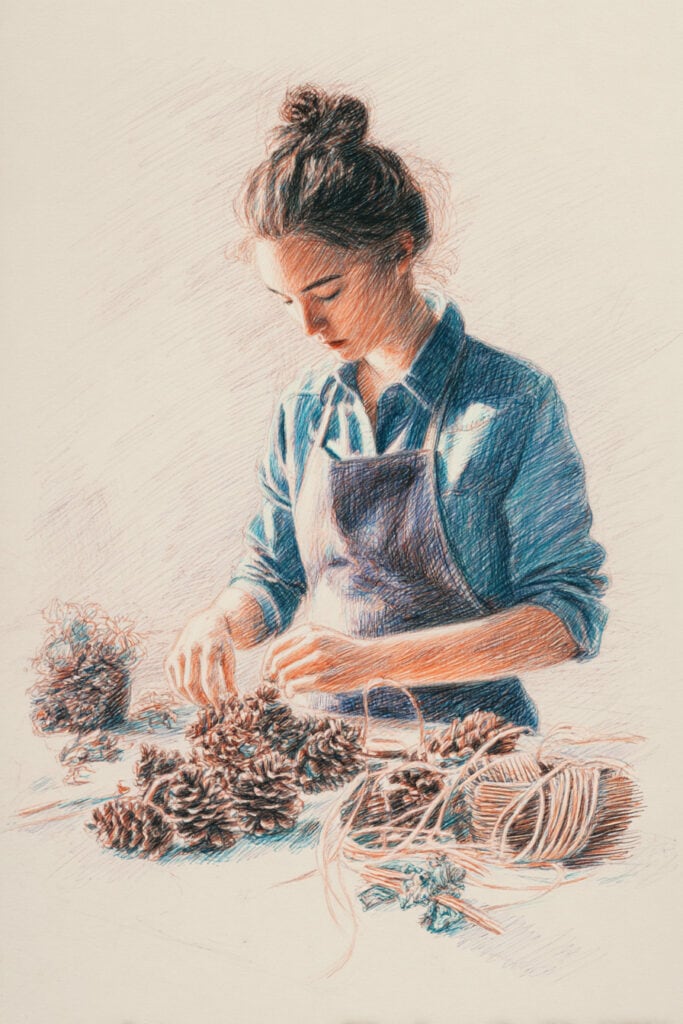
A person concentrating on autumn crafts, surrounded by pinecones and dried flowers, wearing a denim shirt and apron. The focused attention downward, the hand positions for detailed work – these are poses with purpose. Plus, all those craft supplies give you interesting compositional elements.
Wine Tasting Moment
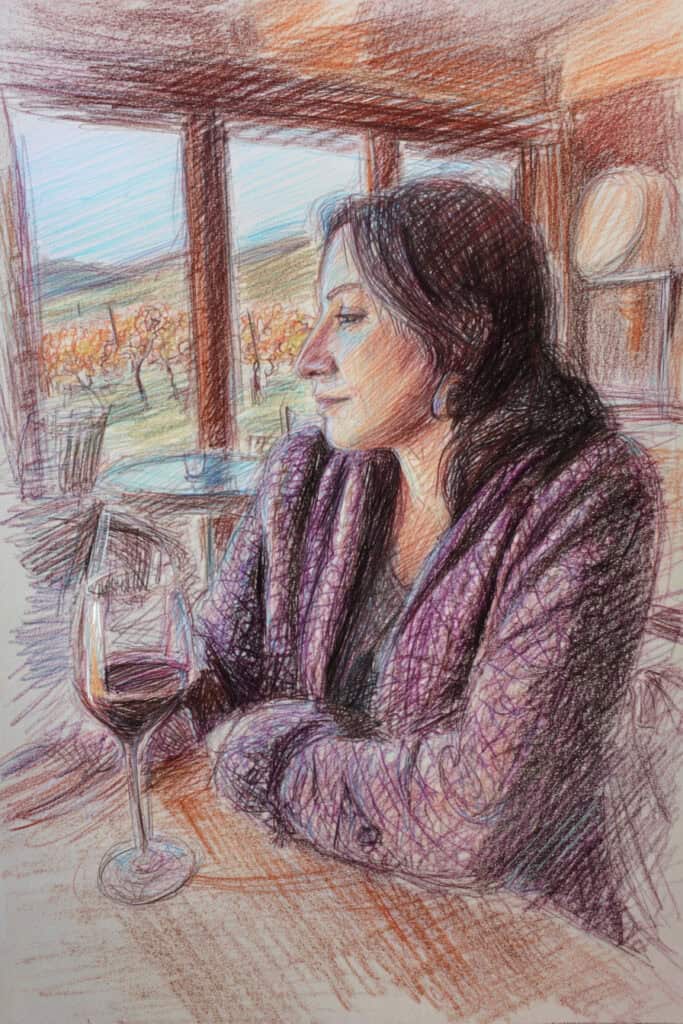
Someone at a vineyard tasting room swirling wine in a glass, cozy cardigan, autumn landscape through windows. The wine-swirling hand position is surprisingly elegant, and the relaxed-but-attentive posture of someone enjoying a tasting teaches you about sophisticated casual poses.
Antique Shopping
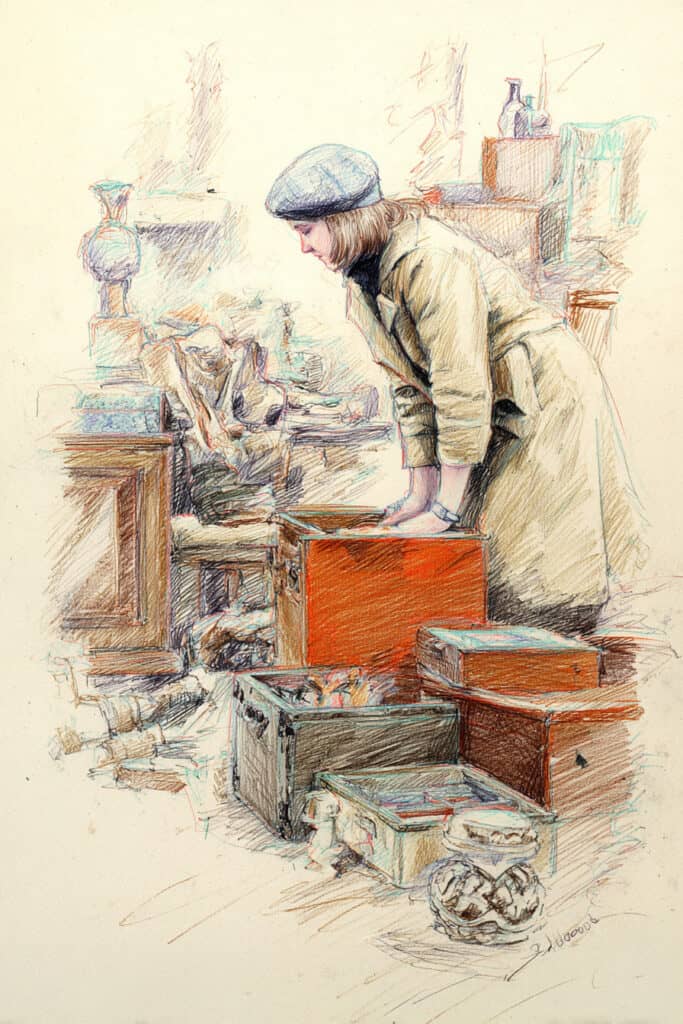
A person examining vintage treasures at an outdoor market, wearing a beret and trench coat. The bent-over examination pose, the way people turn objects in their hands – these are natural investigative movements we all do but rarely see in figure drawing references.
Morning Market Prep
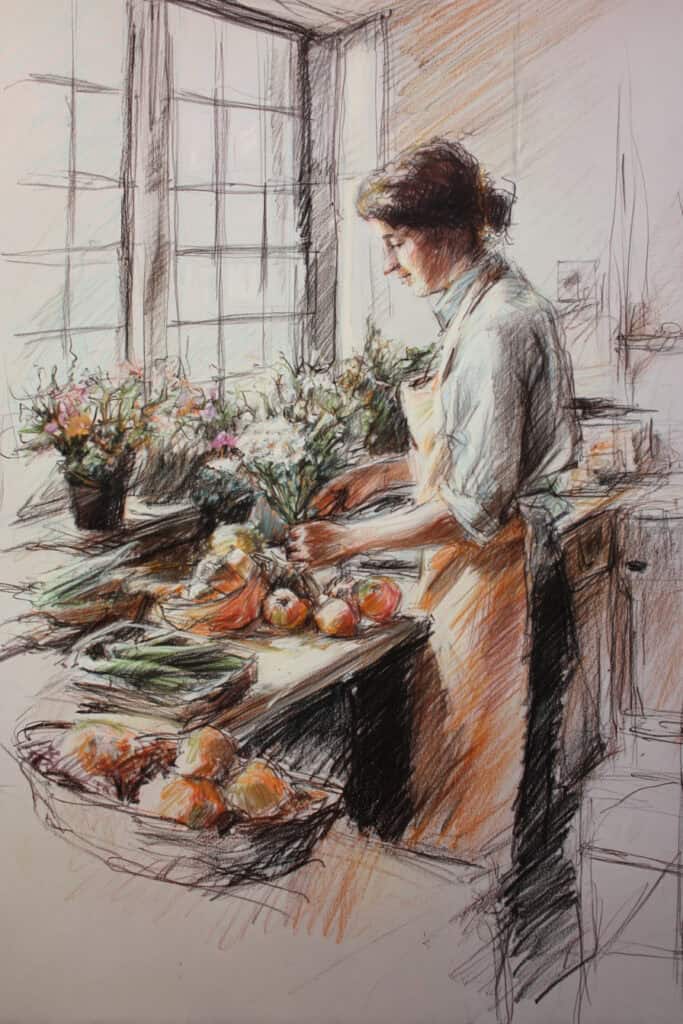
Someone arranging flowers and seasonal produce in their kitchen, linen apron, morning light streaming through windows. The active-but-calm energy of morning preparation, the reaching and organizing movements – these domestic moments are goldmines for natural figure work.
Social and Atmospheric Scenes
These final references combine figures with rich environmental context and social settings.
Harvest Market Vendor
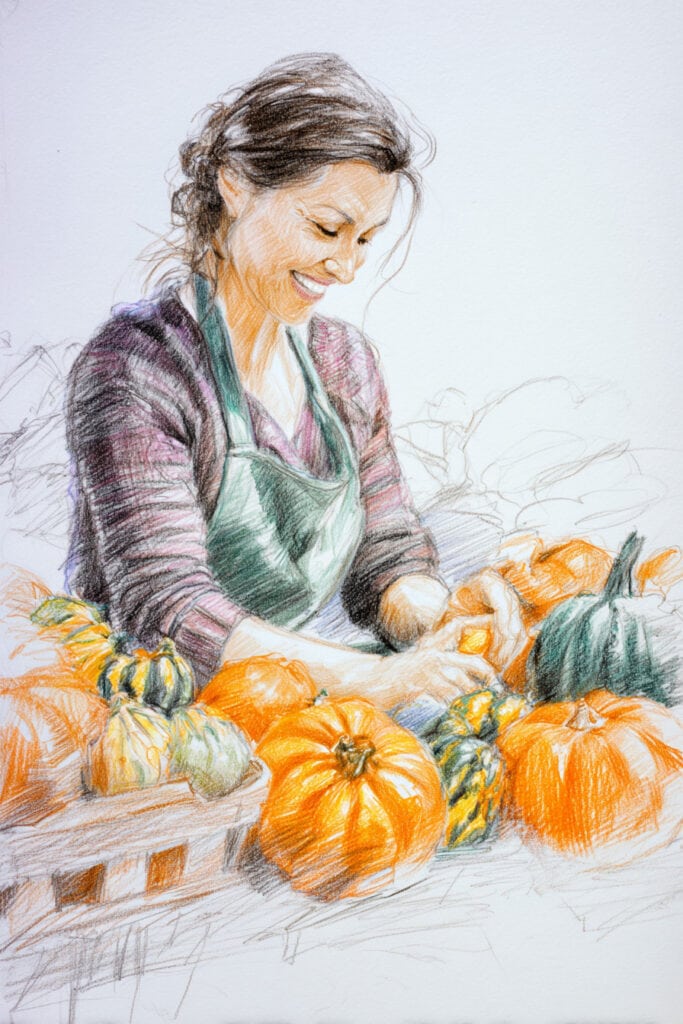
A person arranging gourds at a farmer’s market stall, apron over fall layers, warm smile. Market vendor poses are wonderful – the standing-but-active posture, the natural friendliness in the body language, the way people naturally display their products.
Countryside Picnic
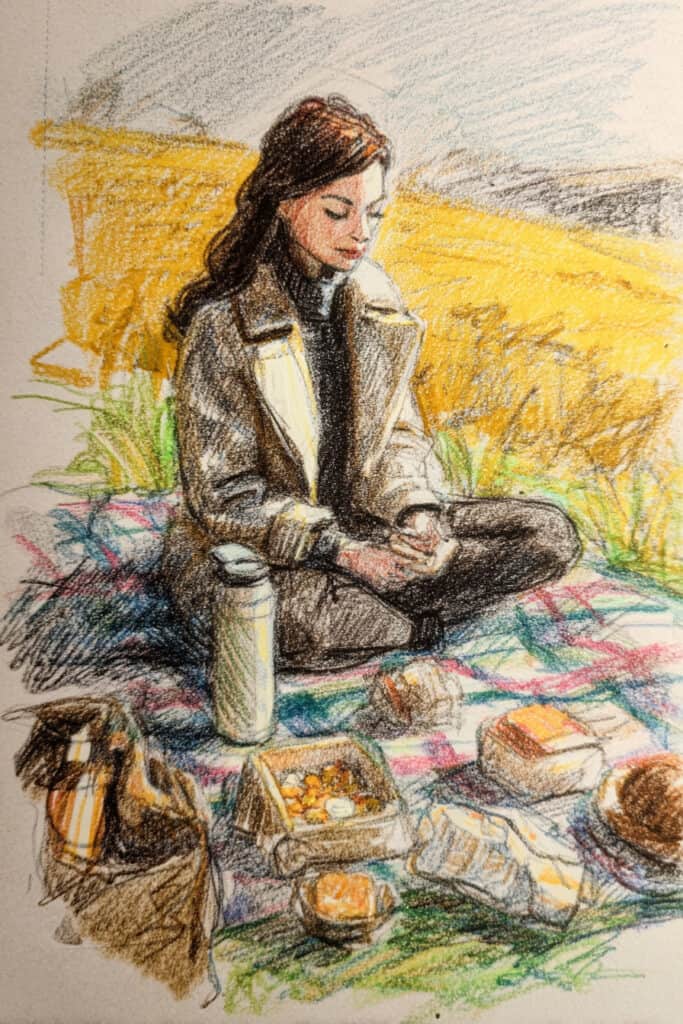
Someone sitting on a plaid blanket in a meadow, thermos and treats spread around, wool peacoat. Picnic poses – sitting on the ground, reaching for things, the relaxed sprawl of outdoor leisure – these are completely different from sitting in chairs and much more interesting to draw.
Campfire Stories
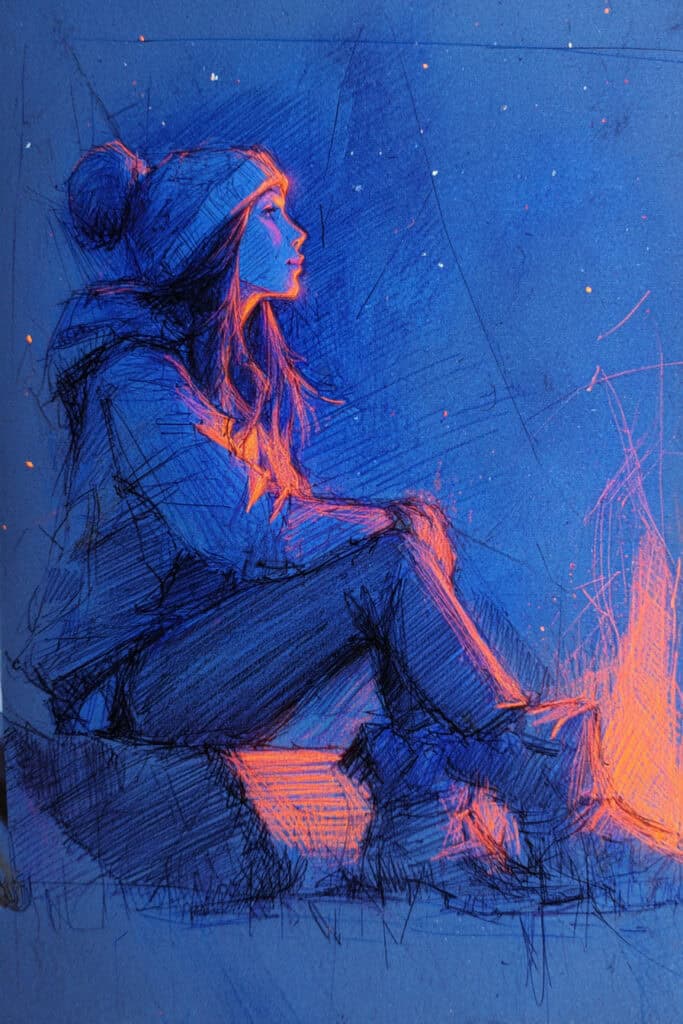
A person on a log around a campfire, layers and knit hat, animated storytelling gestures. Gesture and expression combined! The animated body language of storytelling, the way firelight catches faces from below – this is dynamic figure work disguised as a cozy autumn scene.
Farmers Market Stroll
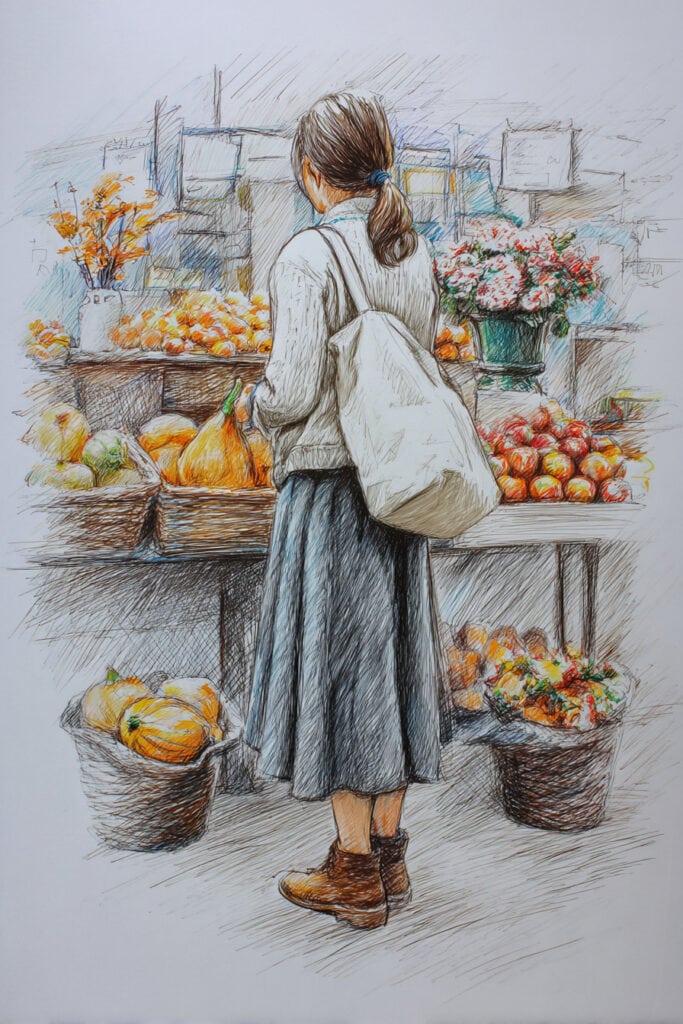
Someone with a canvas tote browsing seasonal produce, midi skirt and cardigan. The casual stroll-and-pause of market shopping, the natural way people hold tote bags, the slight lean to examine produce – these everyday movements are exactly what figure drawing should capture.
What These References Teach You That Studio Poses Can’t
The real difference between working from these autumn moment references versus generic studio work isn’t just that they’re prettier to look at (though they are). It’s that they force you to think about context, purpose, and storytelling while you’re working on technical skills.
When you’re drawing someone reaching for apples, you’re not just practicing foreshortening – you’re thinking about why the arm is extended that way, what came before this moment, what might happen next. Your brain is engaged in narrative thinking while your hand works on technical execution. This dual focus makes you a better artist faster than pure technical drill ever could.
Plus, honestly, it’s just more fun. I’ll take drawing someone cozied up with hot chocolate over another “standing figure, arms at sides” any day of the week.
